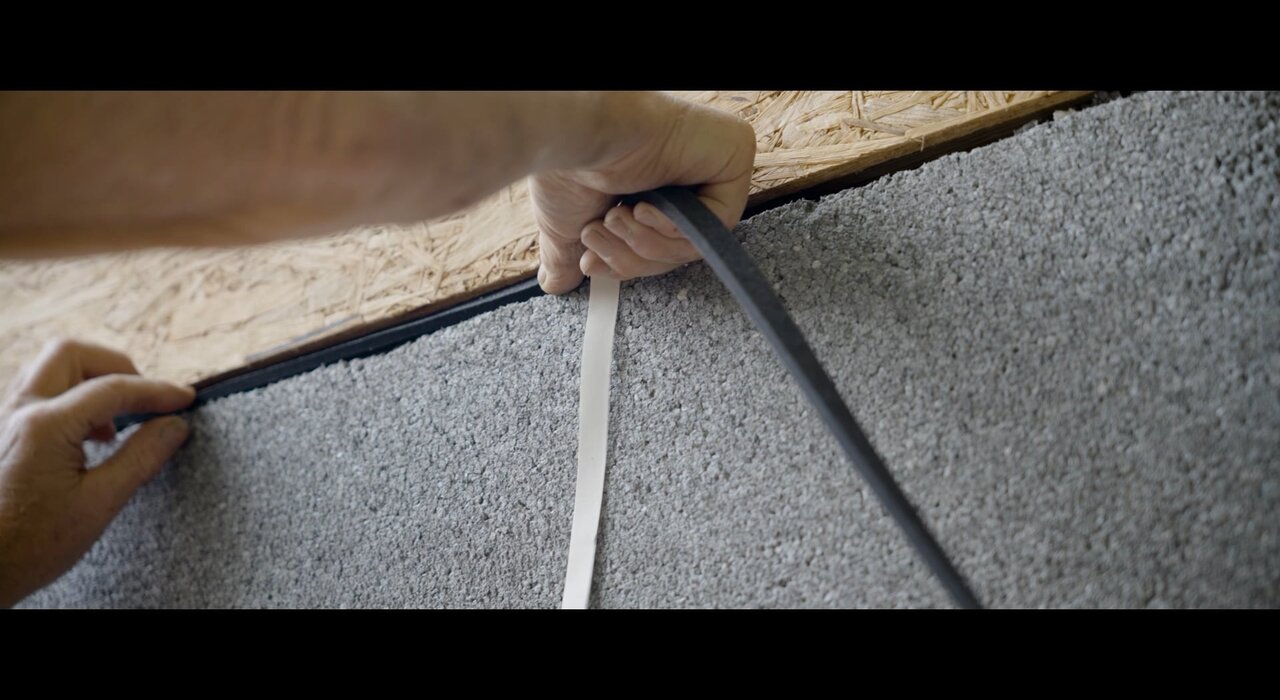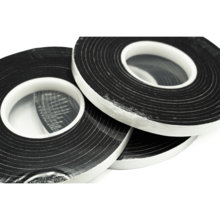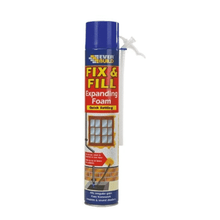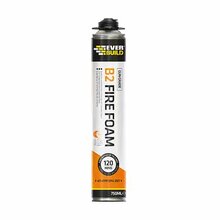
- Why do you need to fill the gaps?
- Energy loss
- Reduced R-Value
- Moisture intrusion
- Pest intrusion
- Comfort factor
- What can you use to fill the gaps?
- Expanding Foam Tape
- Insulation off-cuts
- Expanding Foam insulation
- What to avoid
- Basecoat or Adhesive Material
- Standard household tape or duct tape
- Newspaper or cardboard
- Silicone sealant not rated for insulation
- Spray paint or regular paint
- Fibreglass batts
Properly installed insulation boards are essential for maintaining an energy-efficient home, but the task doesn't end with merely affixing these boards to your walls, ceilings, or floors. Gaps between insulation boards can compromise the overall thermal efficiency of your property. Therefore, filling gaps between insulation boards is crucial to the maintenance of an uninterrupted thermal envelope. This blog aims to provide a comprehensive guide on how to effectively fill these gaps, ensuring you maximise the benefits of your insulation efforts.
Why do you need to fill the gaps?
The importance of filling gaps between insulation boards cannot be overstated. Even small gaps or seams can have a disproportionate impact on the thermal performance of your home for several reasons:
Energy loss
Gaps between insulation boards serve as thermal bridges that allow heat to escape during winter and enter during summer. The result is an increased demand for your heating and cooling systems, leading to higher energy costs.
Reduced R-Value
The R-value is a measure of thermal resistance, and gaps in your insulation can significantly reduce the overall R-value of the installed material. As a consequence, you may not achieve the expected levels of thermal efficiency, even if you have invested in high-quality insulation boards.
Moisture intrusion
Gaps can also serve as entry points for moisture. Excess moisture within the insulation can lead to problems such as mould growth, which compromises the insulation’s effectiveness and can lead to structural issues over time.
Pest intrusion
Small gaps might seem harmless, but they can serve as entry points for pests like insects or rodents. Once inside, these pests can cause damage to the insulation and other parts of your home, creating additional expenses and potentially affecting the indoor air quality.
Comfort factor
An efficiently insulated home is not just about saving on energy bills; it’s also about maintaining a comfortable living environment. Gaps in the insulation can cause drafts, leading to inconsistent temperatures and reducing the overall comfort level within your home. When it comes to filling gaps between insulation boards, selecting the appropriate materials is crucial. In this context, expanding foam tape, insulation off-cuts, and expanding foam insulation each offer distinct advantages.
What can you use to fill the gaps?
Expanding Foam Tape
Expanding foam tape is ideal for sealing smaller gaps or seams between insulation boards. The tape expands to fill the space, providing a thermal and moisture barrier. It is easy to apply; simply measure the length needed, cut the tape accordingly, and press it firmly into the gap. It's a quick and clean solution that doesn't require any special tools or protective gear.
Insulation off-cuts
For medium-sized gaps, insulation off-cuts—those extra pieces left over from your main insulation boards—can be highly effective. These off-cuts can be cut to size and wedged into gaps, then secured with adhesive if necessary. Not only does this method recycle otherwise wasted material, but it also ensures that the filler material has similar thermal properties to the main insulation boards, ensuring a consistent level of thermal resistance.
Expanding Foam insulation
For larger gaps or gaps with irregular shapes, expanding foam insulation is the preferred choice. This material expands upon application, filling complex gaps effectively and providing excellent thermal and acoustic insulation. The application requires a bit more care: you'll need to shake the can thoroughly, attach the nozzle, and then carefully spray the foam into the gap, taking into account the material's expansion. Always remember to wear gloves and safety goggles, as expanding foam can be an irritant.

What to avoid
While there are several effective materials for sealing gaps between insulation boards, there are also materials and methods that are ill-advised for this purpose. Knowing what not to use is just as important as knowing what to use.
Basecoat or Adhesive Material
Another common misconception is that the basecoat or adhesive used to affix the insulation boards to the wall can also be used to fill gaps between the boards. While these materials may offer strong adhesive properties, they are generally not designed to serve as gap fillers in an insulation system. Basecoats and adhesives often lack the thermal resistance required to act as effective insulators. They may also have different expansion and contraction characteristics compared to the insulation boards, leading to potential issues such as cracking or separation over time. This undermines the long-term effectiveness of your insulation project, as well as the overall thermal efficiency of your home.
Standard household tape or duct tape
While it might be tempting to use what's readily available, standard household tape or duct tape is not suitable for sealing gaps in insulation. These types of tape can deteriorate over time, losing their adhesive properties and eventually failing to provide an airtight seal.
Newspaper or cardboard
Using newspaper or cardboard as makeshift insulation is highly discouraged. Not only do these materials lack the thermal resistance needed for effective insulation, but they also pose a fire hazard. Additionally, they can absorb moisture, leading to potential issues such as mould and mildew.
Silicone sealant not rated for insulation
Not all silicone sealants are created equal. Some may not adhere properly to insulation materials, while others may not offer the thermal resistance required. Always choose a sealant that is specifically rated for insulation applications.
Spray paint or regular paint
Paint is not a sealing agent and offers minimal to no insulating properties. Moreover, certain types of paint may have chemicals that could degrade the insulation material over time.
Fibreglass batts
It might seem logical to use fibreglass batts to fill gaps, but these are not intended for such use and will not provide an airtight seal. Fibreglass batts are designed to fit snugly between wall studs or joists and are not suitable for filling gaps between rigid insulation boards.


